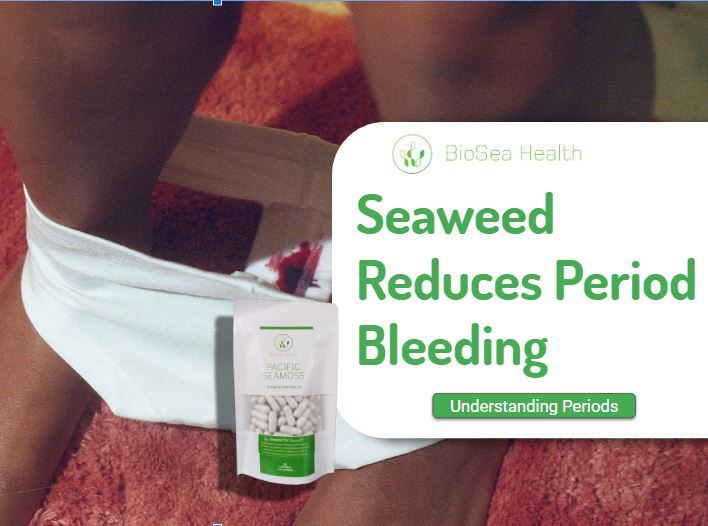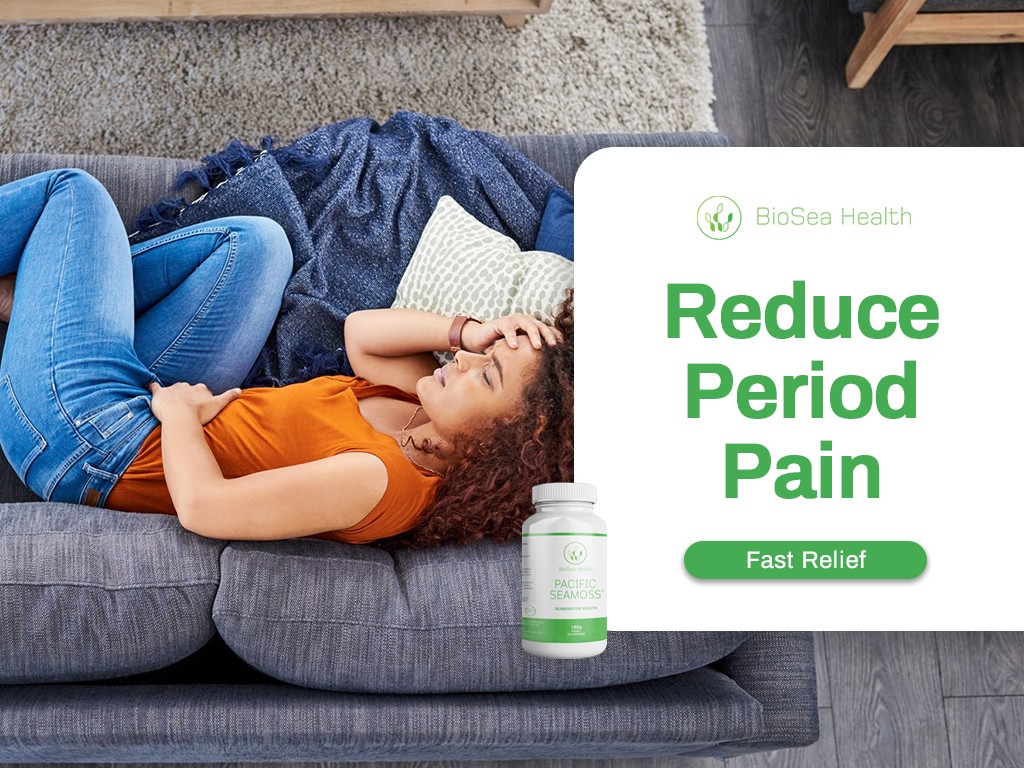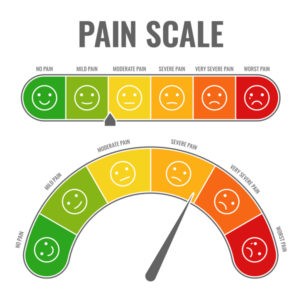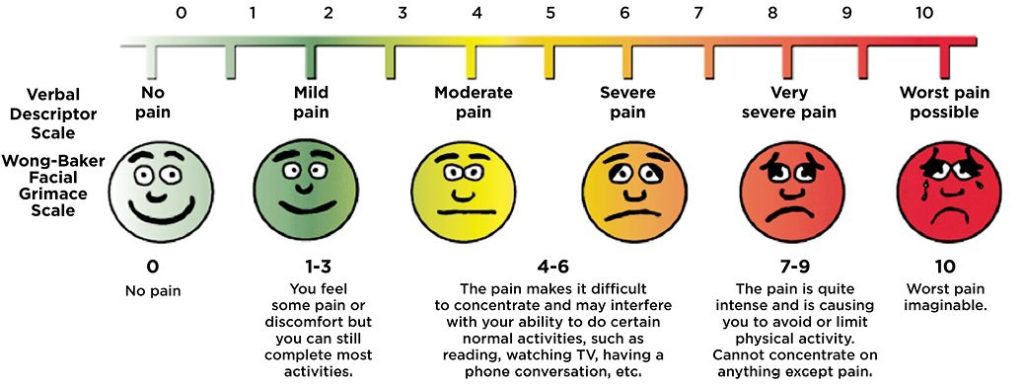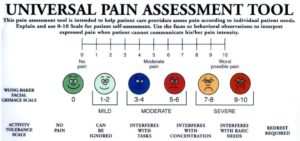Periods are experienced by over 2.1 Billion women globally. Humans are only one of 84 species out of 5149 species [1] that suffer from bleeding in menstruation. Painful periods (dysmenorrhea) are experienced most women at sometime. Estimates of the numbers who experience dsymenorrhea regularly vary but best estimate is between 40 to 60%. In a 150 person trial in 2020, we found seaweed reduced period bleeding. Not only a reduction in duration but also in the heaviness, leading to lower use of feminine products and improved quality of life.
Women in 2019 will have approximately 400 periods over their lives, in contrast to a century ago when women would have about 40. Shorter lifespans, more children, more time spent in breastfeeding all contributed to the lower number.
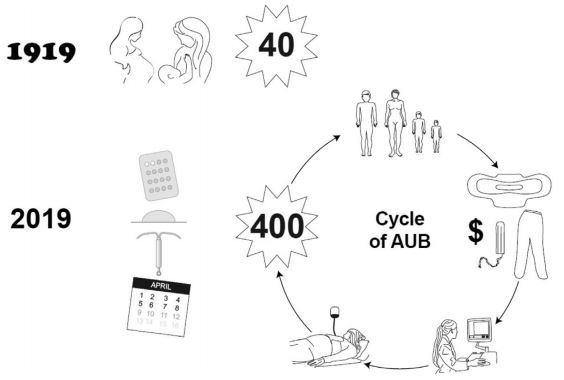
Therefore, abnormal uterine bleeding. (or AUB) is increasingly common. Women may experience significant anemia resulting in a poor physical quality of life. A negative financial effect occurs because of the cost of managing their blood loss and an inability to work outside the home. These costs, alongside a loss of caring ability, will have a negative effect on the wider family. The cost to society through loss of work days and healthcare costs is significant. A UK study showed that women on average have 8 days off work annually and other studies put the cost at over $9 billion direct costs and lost productivity per year.
Periods and Bleeding are Taboo Subjects
In 2020, Facebook has maintained a ban on an advert for women’s period undies despite its creators fighting the ruling three times.
Australian underwear brand Modibodi specialises in “leak-proof” undies that help women during their menstruation cycles as well as with incontinence. Unlike traditional sanitary pads and tampons, the underwear has a special lining built in that absorbs the bodily fluids and can be used, washed and re-used multiple times.
But the brand’s latest ad campaign, which discusses how women are made to feel “gross” when they have their periods, has been labelled “shocking” and “sensational” by Facebook for showing images of menstrual blood.
This taboo is not new [5]. In seventeenth-century Spain, in addition to being accused of spreading the plague, Jewish males were commonly assumed to menstruate: the Jewish body supposedly leaked impure blood. Certain important Spanish doctors—the king’s own physicians—demonstrated menstruation to be symptomatic in Jewish males. These physicians and other sources from the time typically combine the accusation of menstruation with that of hemorrhoids, classifying a blood flow from the anatomically ambiguous lower strata of the male body as a Jewish disease. While this was not a new accusation, in seventeenth-century Spain it was combined for the first time with legal language that sought to create a notion of “impure blood” as referring to one’s family or caste. In Beusterien’s study, he argues that medical discourse about menstruation was here uniquely combined with legal discourse in order to create a notion of racial impurity.
How Is Period Bleeding Measured?
Which measure is the most relevant? The total number of days that the woman has bleeding? The number of heavy bleeding days? In a company pilot trial of 150 participants to investigate the effect of seaweed on dysmenorrhea, we asked trial participants to report on both the duration and heaviness of menstrual bleeding.
Seaweed Reduced Severity of Bleeding
Seaweed reduced the number of days of heavy bleeding. Before, 24% reported heavy bleed days, but afterwards, this had dropped to 12%. The number of women where heavy bleeding was only 1 day went from 6% to over 23%.
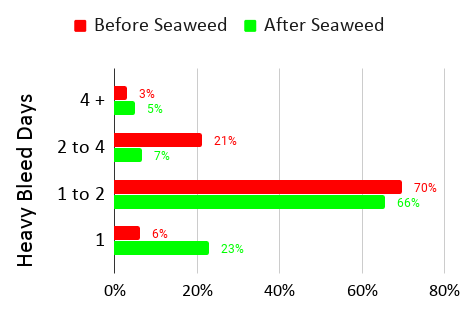
Seaweed reduces Duration of Bleeding
A really interesting outcome for the women in the trial was that the duration of bleeding reduced by 2 days on average. Most women (70%) experience bleeding days of 4 or more. After seaweed, only 40% had days of bleeding greater than 4.
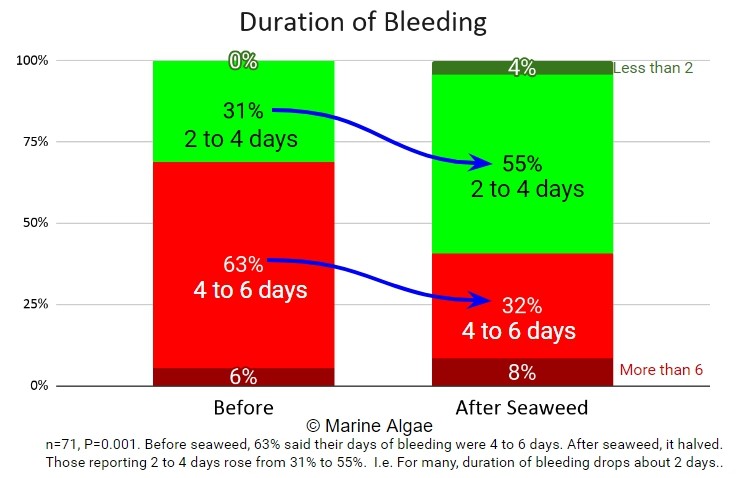
What Did Women Say?
Check out what trial participants said here
Tonnes of Waste
Pads and tampons are responsible for about 200,000 tonnes of waste per year – most of which contains plastic. Then there’s the secondary issue of flushing used products down the toilet, with nearly 0.5% of all marine plastics debris being tampon applicators.[5]

This colossal waste burden however, isn’t the only ecological impact of disposable feminine hygiene products. A Life Cycle Assessment of tampons conducted by the Royal Institute of Technology in Stockholm, found that the largest impact on global warming was caused by the processing of LDPE (low-density polyethylene, a thermoplastic made from the monomer ethylene) used in tampon applicators as well as in the plastic back-strip of a sanitary napkin requiring high amounts of fossil fuel generated energy. A year’s worth of a typical feminine hygiene product leaves a carbon footprint of 5.3 kg CO2 equivalents. [7]
References
[1] Critchley H. et al. (2020) Menstruation: science and society . American Journal of Obstetrics and Gynecology available online 21 July 2020 Prepress. https://doi.org/10.1016/j.ajog.2020.06.004
[2] Molina, N.M.; Sola-Leyva, A.; Saez-Lara, M.J.; Plaza-Diaz, J.; Tubić-Pavlović, A.; Romero, B.; Clavero, A.; Mozas-Moreno, J.; Fontes, J.; Altmäe, S. New Opportunities for Endometrial Health by Modifying Uterine Microbial Composition: Present or Future? Biomolecules 2020, 10, 593.
[3] Facebook bans Modibodi period underwear ad for violating guidelines 2020 News.com
[4] Beusterien, John L. “Jewish Male Menstruation in Seventeenth-Century Spain.” Bulletin of the History of Medicine, vol. 73 no. 3, 1999, p. 447-456. Project MUSE, doi:10.1353/bhm.1999.0097.
[5] The environmental impact of tampons and pads. (Taboo)
[6] How tampons and pads became so unsustainable (National Geographic)
[7] The Ecological Impact of Feminine Hygiene Products 2016 (Accessed 2020)

